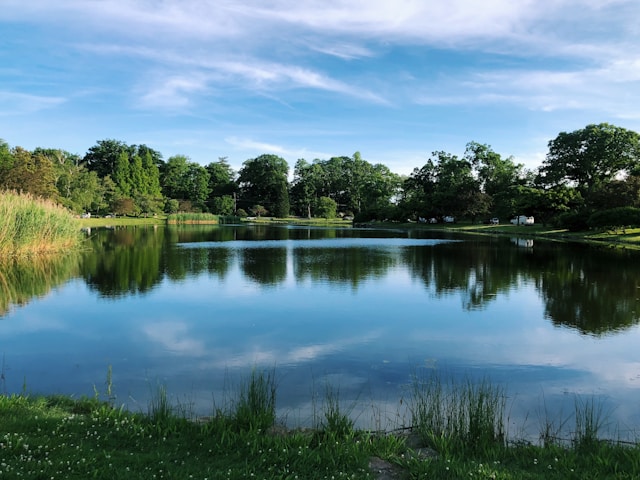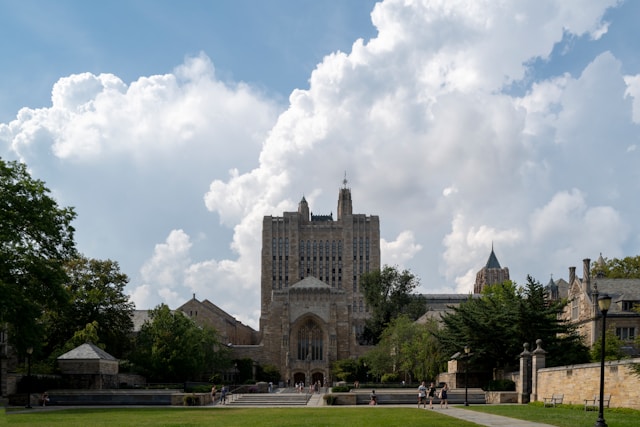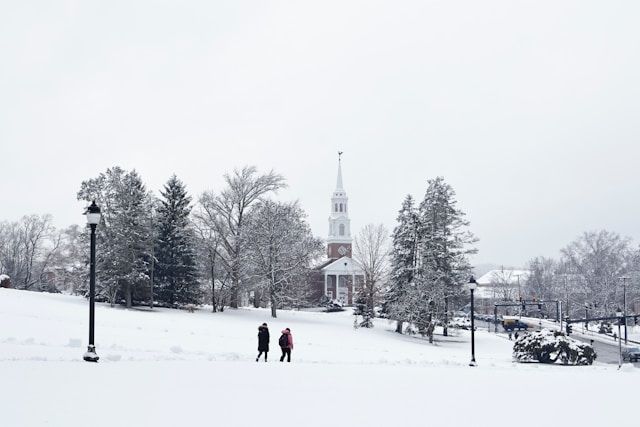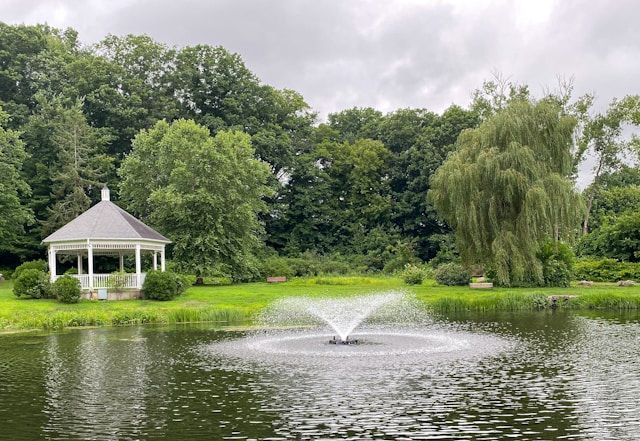Have you ever wondered about the origins of Storrs, Connecticut? This charming village nestled in the town of Mansfield has a rich history dating back to the 17th century. Storrs was named after Samuel Storrs, who arrived from Nottinghamshire, England in 1663 and established a family farm in what is now Mansfield, Connecticut in 1698, in the area where the University of Connecticut campus currently stands.
Today, Storrs is widely known as the home of UConn, with the university’s main campus dominating both the economy and culture of the area. The village has grown from a small agricultural settlement to a vibrant community with a population of nearly 16,000 as of 2020. Visitors to Storrs can experience the perfect blend of historic New England charm and the energetic atmosphere of a major university town.
Get a discount of 15% to 70% on accommodation in Connecticut! Look for deals here:
Connecticut Hotels, Apartments, B&Bs
The Storrs family legacy continues to live on, not just in the name of the village, but through the educational institution that transformed this once-rural farming community into a center for knowledge and culture. The Connecticut Repertory Theatre and various museums on the UConn campus offer enriching experiences for those interested in arts, history, and the unique story of how this special place in eastern Tolland County came to be.
Historical Evolution of Storrs
The area now known as Storrs underwent significant transformation from its early colonial settlement to becoming an educational hub in Connecticut. Its development reflects the changing landscape of New England communities and educational institutions.
Early Settlement and Establishment
The Storrs name first became associated with the area in the seventeenth century. Before European colonization, the Pequot and Mohegan people inhabited this region of Tolland County.
The Town of Mansfield, which includes Storrs, was legally incorporated in 1702. It was originally called Ponde Place by early settlers who purchased land from the Mohegan tribe.
Samuel Storrs, an early settler from England, established roots in the area that would eventually bear his family name. The Storrs family became influential landowners and community leaders throughout the 18th and 19th centuries.
By the 1800s, Mansfield had developed various industries producing goods such as gunpowder, organ pipes, and bronze cannons. Notably, America’s first silk mill opened here in 1810, marking the town’s industrial innovation.
Development of Education Institutions
The educational history of Storrs began to take shape in the late 19th century with the establishment of Storrs Agricultural School. This modest institution would undergo several transformations over the decades.
In the early 20th century, the school evolved into Connecticut Agricultural College with about 450 students. During the 1930s, despite economic challenges nationwide, the college continued to grow and attract faculty.
By 1931, the institution had expanded its academic offerings beyond agriculture. Professors like Harrison Carter came to teach economics, signaling the broadening academic focus.
The school was later renamed Connecticut State College and finally became the University of Connecticut, transforming Storrs from a rural farming community into a vibrant educational center.
Contemporary Storrs and Impact on the Region
Today’s Storrs stands as a dynamic community shaped by educational excellence and thoughtful development. The village has transformed from its agricultural roots into a vibrant college town with regional significance.
University of Connecticut’s Influence
The University of Connecticut dominates Storrs both physically and economically. UConn’s expansion through ambitious infrastructure initiatives like UConn 2000 and 21st Century UConn has dramatically reshaped the landscape with modern academic buildings, research facilities, and student housing.
UConn’s athletic programs bring national recognition to Storrs. The women’s basketball team under Geno Auriemma has captured multiple national championships, while men’s basketball has enjoyed success under coaches like Jim Calhoun. These Division I programs draw thousands of visitors to campus regularly.
The university serves as the region’s largest employer and economic engine. Research initiatives, cultural events, and academic conferences bring intellectual capital and visitors year-round, creating a steady stream of economic activity that benefits surrounding communities.
Demographics and Urban Development
Storrs functions as a Census-Designated Place with a population that fluctuates with the academic calendar. The 2020 census recorded 15,979 residents, many connected to the university as students, faculty, or staff.
Development of Storrs Downtown has transformed the village’s character in recent years. This mixed-use area features apartments, restaurants, retail shops, and entertainment options catering to both students and permanent residents.
The economic impact extends beyond campus boundaries to neighboring towns like Windham. Storrs serves as a cultural hub between larger cities like Hartford and New Haven, offering arts programs, museum exhibitions, and performances that enrich the entire region.
Housing development continues to adapt to growing demand, balancing the preservation of New England charm with necessary expansion to accommodate the university community.
Get a discount of 15% to 70% on accommodation in Connecticut! Look for deals here:
Connecticut Hotels, Apartments, B&Bs








